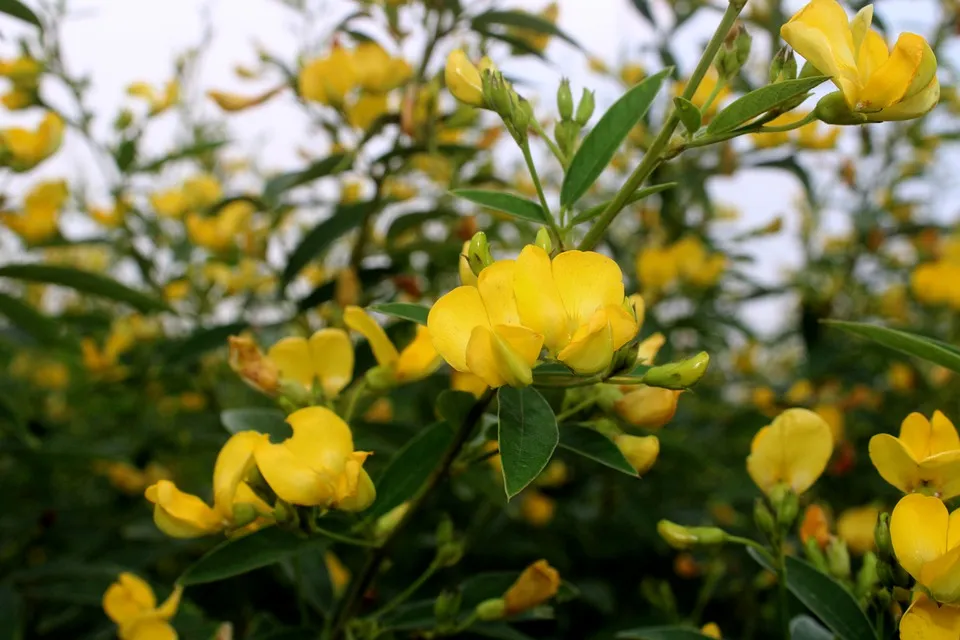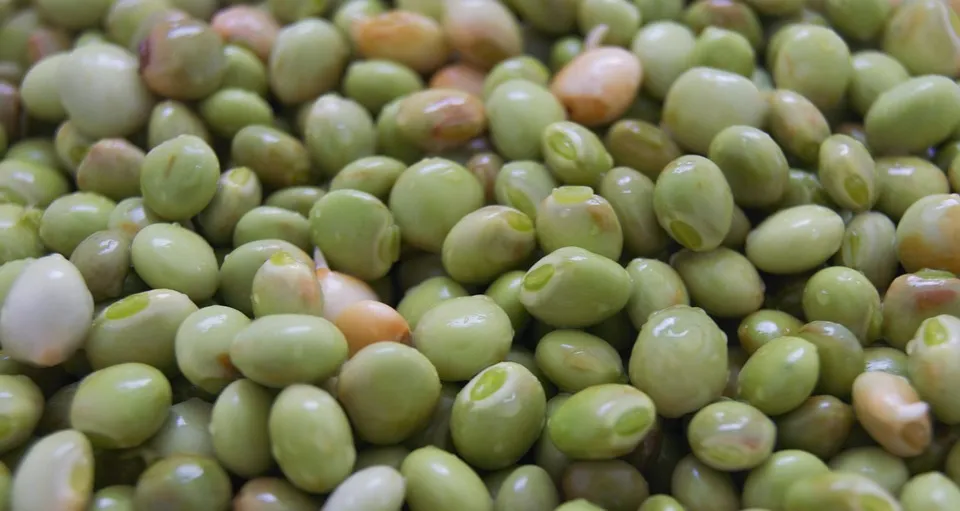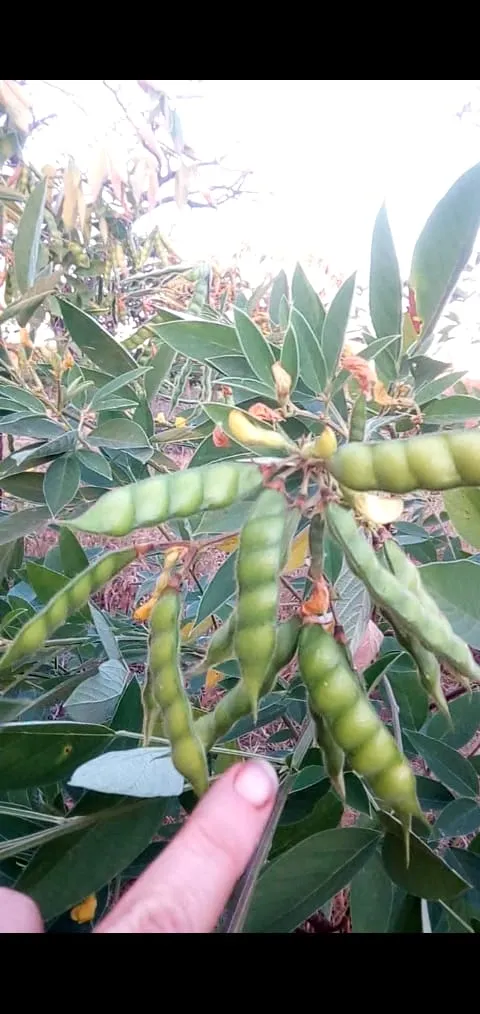
When it comes to plants, I tend to lean towards plants with practical applications but also plants that are versatile in their uses, and this is something that is important especially when you look into the field of permaculture.
This however does not mean that a practical garden can not be aesthetically pleasing though. In fact a great deal of edible and medicinal plants make for beautiful flowering gardens.
In a recent video that I posted on 3speak I focused a little bit on my pigeon pea plants while doing a progress walk through of my garden, and I thought that I would go in a bit deeper into the diversity of this wonderful plant and its uses today.
If you would like to have a look at the garden video, featuring my progress in my food garden on the farm, you can do so by clicking here

The Pigeon Pea
I initially took notice of this plant because of the fact that it is a perennial plant that provides a fair crop of protein rich food, which can be used fresh or dried to preserve them for later use, or even enjoy them as sprouted seeds, but I soon discovered that the plants diversity stretches so much further than just that.
After planting my pigeon peas, once the plants matured, I soon realized that they actually make for a great windbreak as well - which was great because they were planted on the edge of the vegetable garden where I was thinking of planting trees for that purpose in any case.
And more so, pretty much all of the livestock on the farm seemed to enjoy this plant as well as its peas as a food source - and seeing that just a few plants produced so much more than what we could consume as a household as well as for the two people that work on the farm with me, using it for fodder for the animals surely made sense.
But this lead me to think about other benefits of having these plants in the garden and I decided to do some research on it.
This was when I found out that this is actually a nitrogen fixing plant, and that when the plant gets pruned or when the plant dies, their roots release nitrogen back into the soil for the plants around it to feed from. This was a great discovery, because other than pruning the plants to use for animal feed, I now also know that pruning it in order to use it as a mulch would be beneficial for my garden in more ways than one. And the great thing is the rate that these plants are able to recover at, this means that they can be pruned quite frequently if needed.
The pigeon pea also makes a neat companion plant, not only because of their nitrogen fixing but also because their flowers attract bees which any avid gardener will be able to tell you is very beneficial. More so, when planting them alongside other plants, they will create an initial canopy that shelters the new plants, but at the same time allow enough light in to encourage new growth, as the new plant then grows, you can trim back the pigeon pea plant so that it is shorter than the crown of the new plant.

One thing I read and still want to try is to use the pigeon pea plant as a living trellis for growing other plants on, like tomatoes for example. if you plant the pigeon peas in a garden bed and wait for them to become strong enough, you can then plant plants that would normally need a stake in order to support themselves and their fruit onto the pigeon pea plant in stead, and when they are done fruiting, you can cut both the plants down all the way to the ground and use the plant matter as mulching for the next grow. this saves you the effort of having to stake and un-stake plants. So that I will definitely be trying as well.
These plants are also satisfied with very little and can adapt to pretty much any soil conditions, and this is a result of their deep taproot system. And another perk of having a deep tap root system is of course the fact that it has the ability to break through hard pans of soil and as such improve the soil structure. It also brings nutrients from the subsoil to the surface.
The wood is also great for making fires with, although they do not give you huge logs that will burn for hours they do provide you with easily harvestable wood that produces warm burning fire great for cooking for on, or simply just warming your toes at a fireplace.
The more I learn about this plant, the more I love it...
